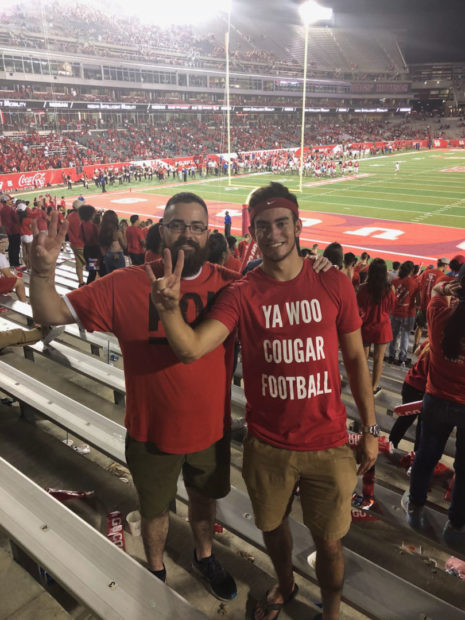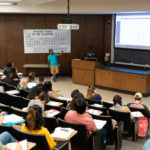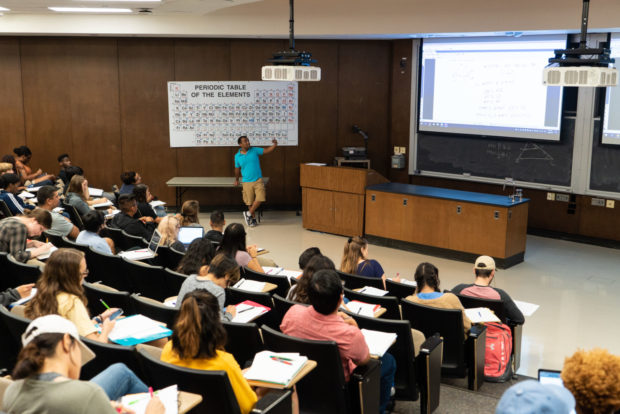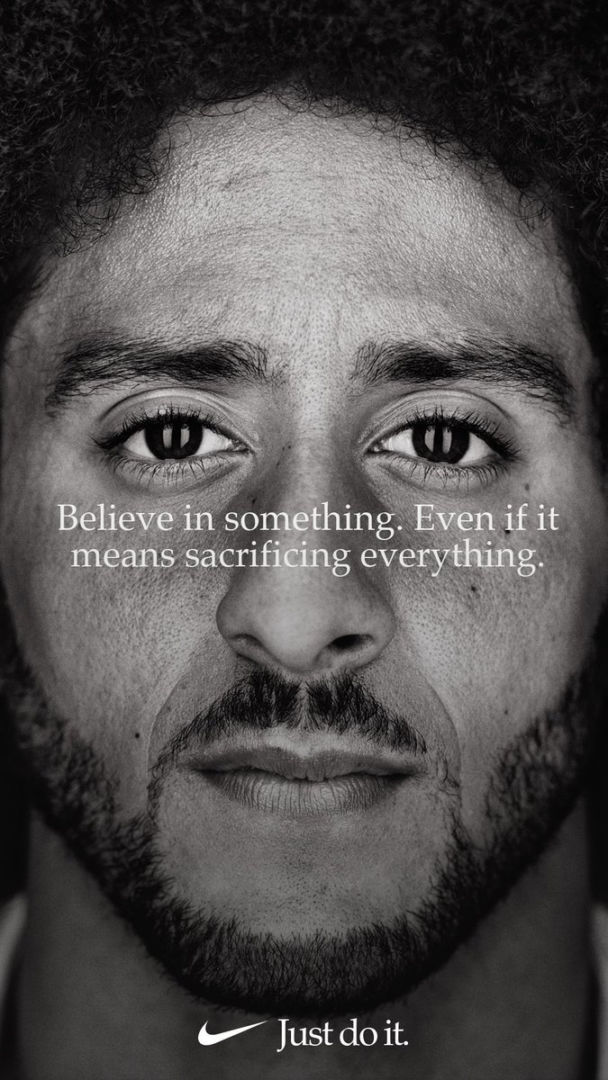

Shirts with “YA WOO COUGAR FOOTBALL” started appearing soon after the Reddit post. | Courtesy of Michael Olle
What began last week as a rant about parking reallocation on game day has since sparked “#YaWooCougarFootball.”
Starting on the r/UniversityOfHouston subreddit, “YWCF” was a meme pulled from a comment made by a student upset by the impacts the Thursday football game would have on parking. They argued that UH lacks school spirit in comparison to other major universities in Texas, and therefore, there was no need to close off so many parking spots for the game.
The user continued, stating “no one is like ‘YA WOO COUGAR FOOTBALL’ anyways,” later citing permit and tuition costs as enough reason to negate the need to block off certain lots for the game. Users took to refuting the claim that the Cougar football team lacked a fan base, saying that they do have that much enthusiasm about the games.
Claim to fame
Within a few days of the original post, the official University’s Instagram and Twitter accounts picked up on the phrase. The UH Instagram posted a photo to its story with the hashtag “YWCF,” and the UH Twitter tweeted an edit of the meme “it’s Wednesday, my dudes,” replacing this with the text “Ya Woo Cougar Football.”
— University of Houston (@UHouston) October 4, 2018
Kimberly Davis, the senior manager for UH social media, said that a fan account frequently makes edits and tweets them at the official UH twitter. Davis created the edit after a student replied with questions regarding the meme and the origins of “Ya Woo Cougar Football.”
The UH social media staff noticed “YWCF” was circulating on the internet, which lead to the creation of a “YWCF” Instagram sticker for fans to use, Davis said.
“We don’t really take part in creating the memes, but we like to endorse fun things like the Shasta toad,” Davis said. “We saw that there was a t-shirt someone gave to the President (Renu Khator) at the game. It escalated really quickly.”
Surpassing expectations
Fans of the meme and of Cougar football were quick to print out shirts to wear to the Thursday game. Pre-business freshman Michael Olle sported a “YWCF” t-shirt to the game, posting a picture of himself in the shirt to Instagram.
“I never expected #YWCF to make it any further than the r/UniversityOfHouston subreddit,” Olle said. “Once I saw that the hashtag had been picked up by the official UH Instagram page, I knew it would become something big.”
Many people, Olle included, found themselves surprised by how fast “YWCF” has grown. However, avid football fans find themselves appreciating the momentum this movement has created for UH football, he said.
“I believe that it has had a very positive impact on school spirit, considering that people who might not have cared about Cougar football before might now feel the energy and support the team more,” Olle said.
With a reputation as a commuter school, many believe UH struggles in the realm of school spirit as compared to other Texas universities. Olle said he frequently sees students wearing shirts from other universities, and he hopes the “YWCF” movement can show students that they should be proud of UH.
“Its improbable rise is what draws people to the movement,” Olle said. “I believe that something like YWCF could positively contribute to a shift in thinking among our students to realize this is not just a school with a convenient location.”
Freedom from meme-dom
Almost overnight, “YA WOO COUGAR FOOTBALL” has transcended from a meme into a channel for increasing school spirit.
Arturo Torres, an alum who majored in psychology at UH, thinks YWCF may die out like many memes do, but the impacts of the phrase will be long-lasting. In addition to t-shirts, the phrase has been put on signs and photoshopped onto a variety of things, like the UH website and the first presidential alert.
“YWCF has become so much more than what its original poster meant,” Torres said. “Originally used in a way to express sarcasm and belittle the sport, YWCF has sort of become a battle cry for us fans of Cougar football.”
Atypical of the average meme, YWCF has attained a status similar to that of the classic UH greeting, “go Coogs,” Torres said. In this way, it has managed to shed some of the meme origin while also using the origin as a way of bringing students together and raising school spirit.
YWCF was noticed by the official reddit college football twitter after crossing over to the CFB subreddit. Fans of other college football teams joined in the chant, amused by the origin story as described by another UH fan.
“YWCF will be our student’s new rallying cry on days leading up to and on game day,” Torres said. “I’d like to think of how the Astros’ have their ‘WOO’ yell, that we now have ‘YA WOO’ yell at games.”
“Ya Woo Cougar Football” is becoming a special chant for many as it continues to grow in magnitude. He said the most unique aspect of the phrase is the fact that YWCF was created and spread by students, unlike most other spirit chants.
“I do think YWCF has lost its origins as a meme,” Torres said. “To me, it signifies something special created by our people, our Coogs. It signifies more than a meme, and it represents a new way to express our school spirit.”
news@thedailycougar.com
—
“Social Media Spotlight: #YaWooCougarFootball starts as joke, leads to rise in school spirit” was originally posted on The Daily Cougar


















